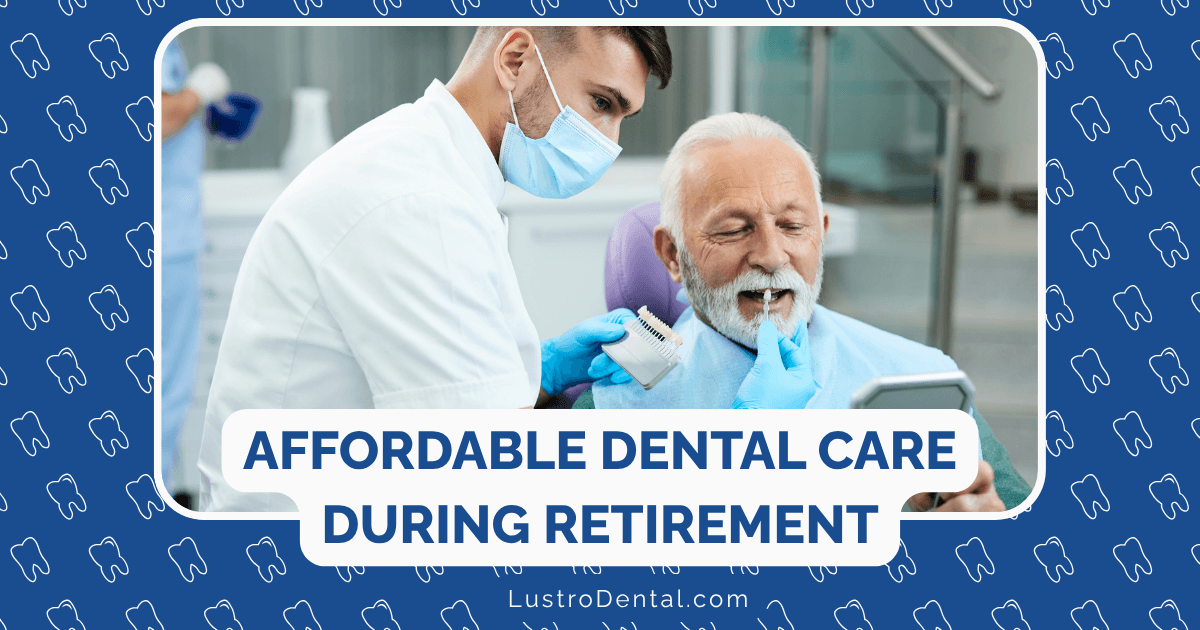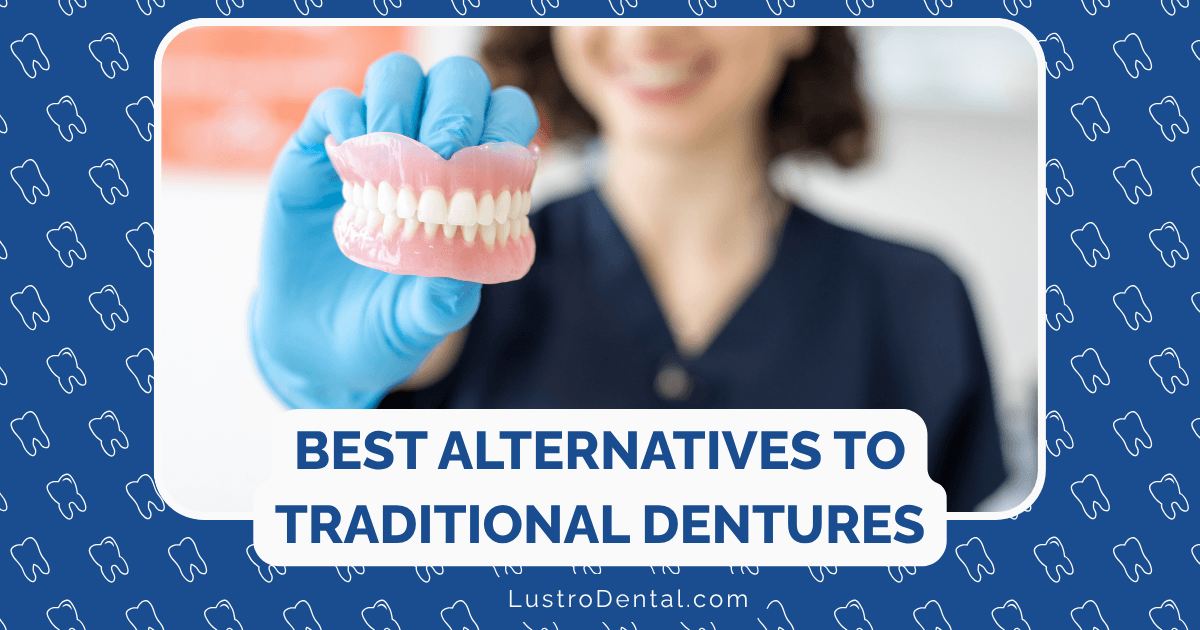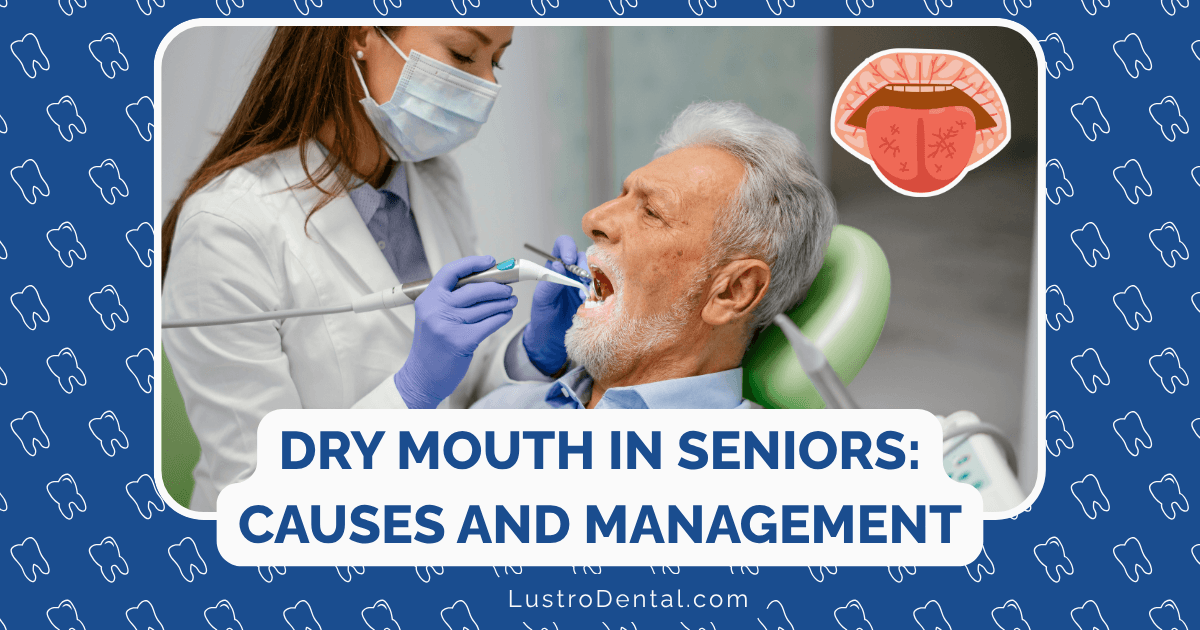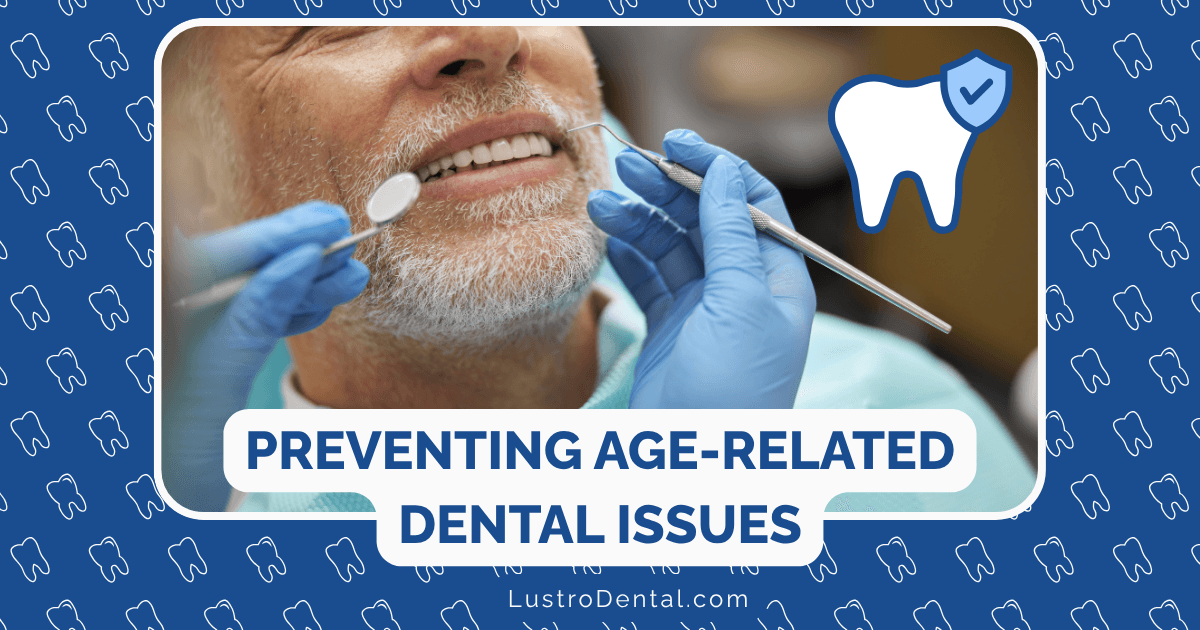Caring for Gums Before the First Tooth Appears
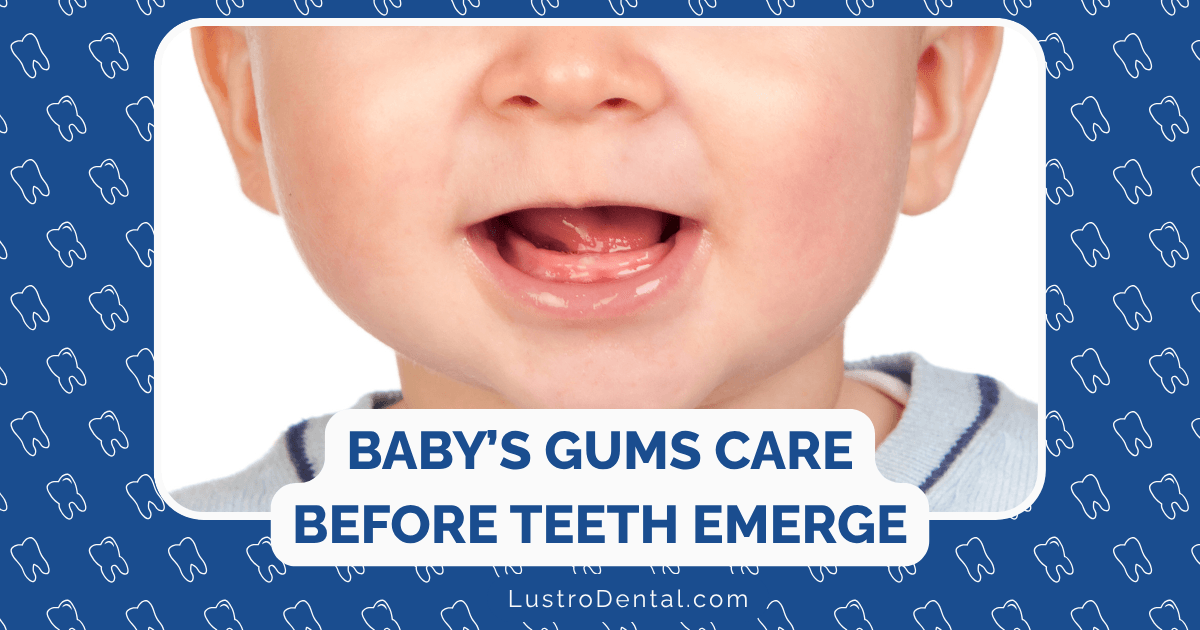
That gummy smile is one of the most adorable things about your baby. But behind that cuteness is some serious business – the foundation of your little one’s future dental health. Yeah, I know what you’re thinking: “Dental care? My kid doesn’t even have teeth yet!” But trust me, those baby’s gums need attention way before that first tooth decides to make its grand entrance.
Why Gum Care Matters Even Before Teeth Show Up
Let’s get real for a second. Your baby’s mouth is a busy place, even without teeth. Bacteria are setting up shop in there from day one, and while most are harmless, some can cause issues down the road if left unchecked.
According to the American Academy of Pediatric Dentistry, establishing good oral hygiene habits early doesn’t just keep those gums healthy – it sets the stage for a lifetime of good dental health. Plus, getting your baby used to having their mouth cleaned makes the transition to toothbrushing a hell of a lot easier later.
When to Start Gum Care (Hint: Right Away)
Here’s the deal – you should start cleaning your baby’s gums within the first few days after birth. Yeah, that early. No need to wait around for teeth to show up.
Dr. Emily Warren, pediatric dentist at Boston Children’s Hospital, explains: “Oral bacteria begin colonizing a baby’s mouth from the moment they’re born. Starting gum care early helps manage bacterial populations and reduces the risk of complications when teeth do emerge.”
The Right Way to Clean Those Little Gums
Cleaning your baby’s gums isn’t rocket science, but there’s definitely a right way to do it:
What You’ll Need:
- Clean, damp washcloth or piece of gauze
- Warm water (no toothpaste needed yet)
- A squirmy baby (they come standard)
Step-by-Step Guide:
- Wash your hands thoroughly – you’re going in someone’s mouth, after all.
- Wrap the cloth or gauze around your finger – think finger puppet, but less entertaining.
- Dampen with warm water – not soaking wet, just moist enough.
- Gently wipe all around those gums in a circular motion.
- Pay special attention to where the gums meet the inside of the cheeks and lips.
Aim to clean after feedings and before bedtime. The whole process takes maybe 30 seconds, but those 30 seconds are building a foundation for years of good oral health.
Timing is Everything: When to Expect Teeth
While we’re focusing on pre-tooth care, it helps to know when those little chompers might make their debut. Most babies start teething around 6 months, but it can happen anywhere from 4 to 12 months. Some overachievers even pop out teeth earlier!
The Mayo Clinic notes that lower front teeth (central incisors) usually come in first, followed by the upper front teeth. By age 3, most kids have their full set of 20 primary teeth.
Spotting the Signs of Teething
Your baby’s gums will give you clues when teeth are on their way. Look for:
- Swollen, red gums where the tooth is pushing through
- Excessive drooling (more than their usual fountain impression)
- Increased irritability and fussiness (lucky you)
- Chewing on everything in sight
- Disrupted sleep patterns (as if you needed less sleep)
When you notice these signs, it’s time to step up your gum care game. Gentle massage can actually help ease discomfort while keeping those gums clean.
Gum Massage: More Than Just Cleaning
A good gum massage isn’t just about hygiene – it can provide serious relief during teething. The pressure counters the discomfort of teeth pushing through.
Try this technique:
- Wash your hands thoroughly
- Apply gentle pressure with your finger in circular motions
- Focus on areas that seem tender or swollen
- Keep sessions brief – 1-2 minutes max
According to a study published in the Journal of Dentistry for Children, babies who received regular gum massages showed significantly less teething discomfort than those who didn’t.
What NOT to Do When Caring for Baby Gums
Let’s talk about some common mistakes parents make:
- Don’t use toothpaste yet – save it for when teeth actually appear
- Skip the honey or sugar on pacifiers or fingers – this can lead to decay once teeth emerge
- Avoid over-the-counter teething gels with benzocaine – the FDA has warned against these due to rare but serious side effects
- Don’t clean too aggressively – gentle is the name of the game
- Never skip cleaning because baby protests – consistency is key
When to Schedule That First Dental Visit
The American Dental Association recommends scheduling your baby’s first dental visit within six months after the first tooth appears or by their first birthday – whichever comes first.
This might seem ridiculously early, but it’s about more than just checking that lone tooth. The dentist will:
- Examine gum health
- Check for any early signs of issues
- Demonstrate proper cleaning techniques
- Answer your questions about development
- Establish a positive relationship with dental care
Think of it as a wellness visit rather than a traditional dental appointment.
Beyond Basic Cleaning: The Complete Pre-Tooth Care Package
Gum cleaning is just one part of pre-tooth oral care. Here’s what else you should be doing:
Watch What Goes in Their Mouth
Limit sugary drinks and foods, even before teeth emerge. Bacteria feed on sugars and can cause inflammation in the gums.
Hydration Matters
Ensure your baby stays well-hydrated. Water helps wash away bacteria and food particles naturally.
Be Mindful of Bottles at Bedtime
Avoid putting your baby to bed with a bottle of milk or juice. The sugars can pool in the mouth overnight, creating a perfect environment for bacteria.
Consider Your Own Oral Health
Cavity-causing bacteria can be transmitted from your mouth to your baby’s. Maintaining your own oral health helps protect your little one.
The Bottom Line on Baby Gum Care
Taking care of your baby’s gums before teeth appear isn’t just about being an overachiever in the parenting department. It’s about setting the foundation for lifelong oral health, preventing potential issues, and making the transition to toothbrushing smoother.
Remember, those tiny gums are preparing to support 20 primary teeth that will help your child eat, speak, and smile confidently. A few seconds of gum care each day is a small investment with big returns.
So grab that washcloth, get those fingers ready, and dive into the world of pre-tooth oral care. Your baby’s future smile depends on it – and trust me, you’ll want that smile to be as healthy as it is heart-melting.
Have you started caring for your baby’s gums yet? What techniques have worked best for you? Share your experiences in the comments below!


